To customise biodigesters and solar dryers to meet cooking fuel demand and increase the quality and value of the cacao bean, as well as providing sustainable cacao cultivation training
The project, “Growing Emeralds with Renewable Energy” (Creciendo Esmeraldas con Energía Renovable or CRECER in Spanish), aimed to improve the livelihoods of rural families in Rioverde, Esmeraldas, in northwest Ecuador through the introduction of renewable energy technologies and sustainable agricultural practices. Rioverde is one of Ecuador’s poorest regions, but a growing market for sustainably-produced cacao, the region’s traditional cash crop, offers rural smallholders new opportunities.
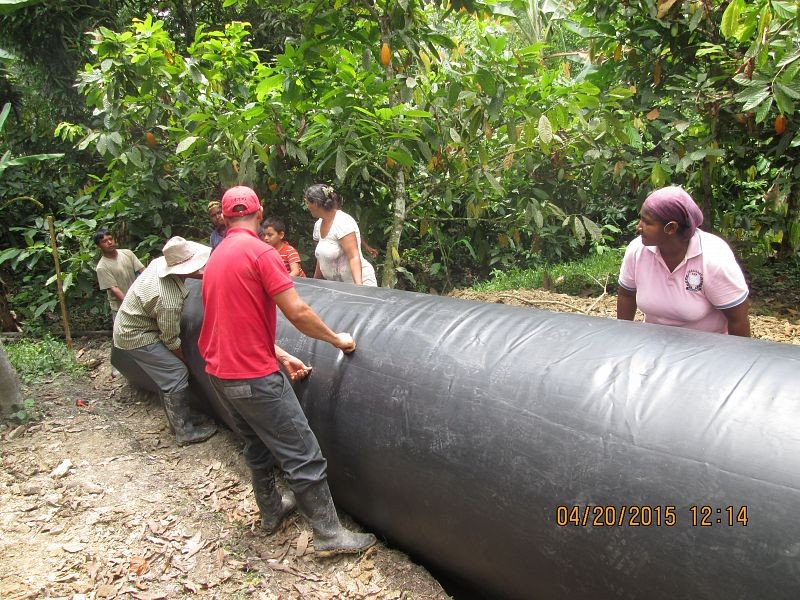
The project’s objective was to meet the energy needs of the local community and to improve cacao processing in order to increase the small producers’ share of the value chain. In order to achieve this, biogas digesters (using mainly cattle manure) and solar dryers were customised and installed in three communities: Felfa, Las Amazonas and Estero Hondo. Furthermore, the project built the capacity of these communities to sustain and expand the project outcomes in the long term.
Technology, Operations & Maintenance
The project oversaw the installation of ten geomembrane biogas digesters, which can generate 4 hours’ worth of cooking gas under typical conditions – as well as substantial amounts of fertiliser.
In addition, eight small and one intermediate-scale cacao dryers were installed. These are similar to greenhouses, with a polyethylene sheet stretched over a wooden frame. They use passive solar design principles (control of internal temperature and ventilation) to provide conditions which mean the drying is at least 20% faster and more uniform than traditional open-air methods. They also decrease the economic and quality losses due to mould and pests. Two models were constructed (a 4x8 metre multi-family model and a 6x12 metre community-scale model). The design of the systems is locally replicable as they are simple to construct and use only a minimal amount of non-local materials.
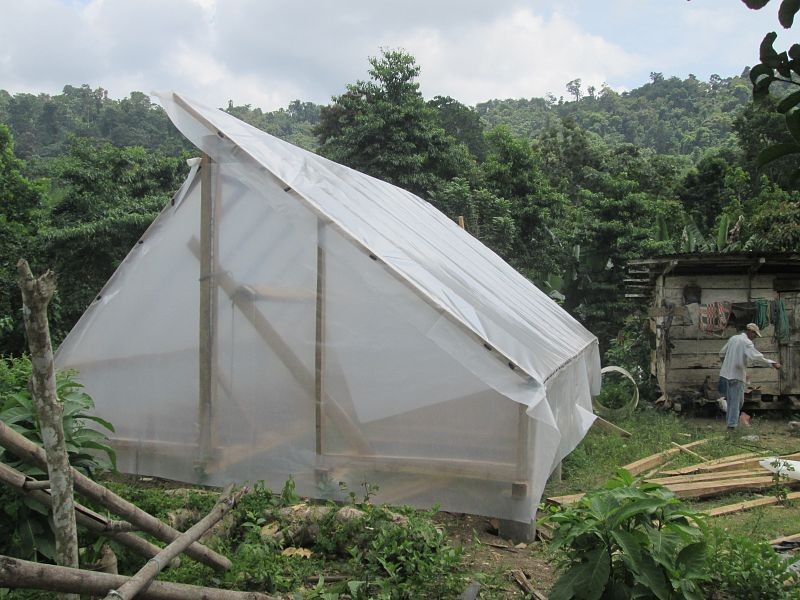
Delivery Model & Financial Management
In the early stages of the project a needs assessment was undertaken in the three communities via a participatory process. This helped to shape the project’s delivery model, which is based on local ownership, oversight by a locally-elected committee and mixed communal/entrepreneurial financial management.
In the terms of the digesters, each one directly benefits and is maintained by a single household. Beneficiaries paid 20% of the US$500 cost of non-local materials through an installment plan, contributed labour and local materials valued at around US$75 for the installation, and are fully trained in and responsible for the operations and maintenance, with support from local technicians. The production of extra fertiliser in many cases opens up the possibility of sharing the operation of the digester with other households in exchange for fertiliser.
Multi-family solar dryer management follows a similar model: a small group (generally relatives) provided local materials and labour. The group is the owner-operator of the dryer. Each group saves regularly to provide for replacement plastic sheeting (around US$150 every 2 years). One multi-family dryer has a partially entrepreneurial model: it is used both communally by the group as well as by one farmer who offers the drying as a service to other farmers at a cost. In the case of the larger communal dryer, users contributed around US$900 in labour and materials for its construction and elected a committee charged with overseeing operations and maintenance. Users pay a US$0.01/lb fee for drying their cacao, which is used to fund dryer maintenance and potential expansion.
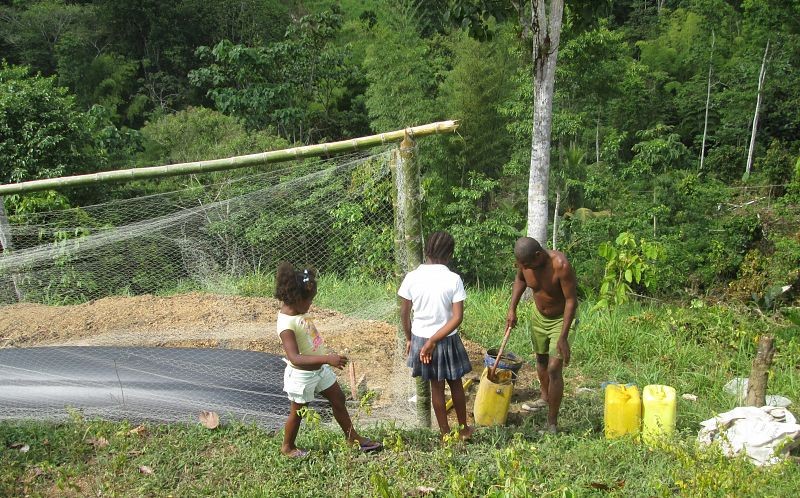
The delivery model placed emphasis on developing the locally available skills in order to ensure long term success. The installation of the biogas digesters and dryers was, therefore, accompanied by intensive maintenance training courses for the owners, exchanges between the project partners and the community, a course on sustainable cacao cultivation and a series of related workshops on gender equity, community involvement and environmental conservation.
Environmental Issues
Both local and global positive environmental impacts resulted from the project. The passive solar dryers reduced the carbon footprint of part of the cacao processing chain by replacing the LPG-fuelled alternatives that are bought in from outside the community. The biogas digesters led to further reductions in greenhouse gas emissions via the productive use of cattle manure and decreased the use of chemical fertilisers, reducing impacts on water and soil as a consequence. Future carbon benefits may arise from the sustainable cacao cultivation training course, which raised awareness about soil management and native species for reforestation efforts.
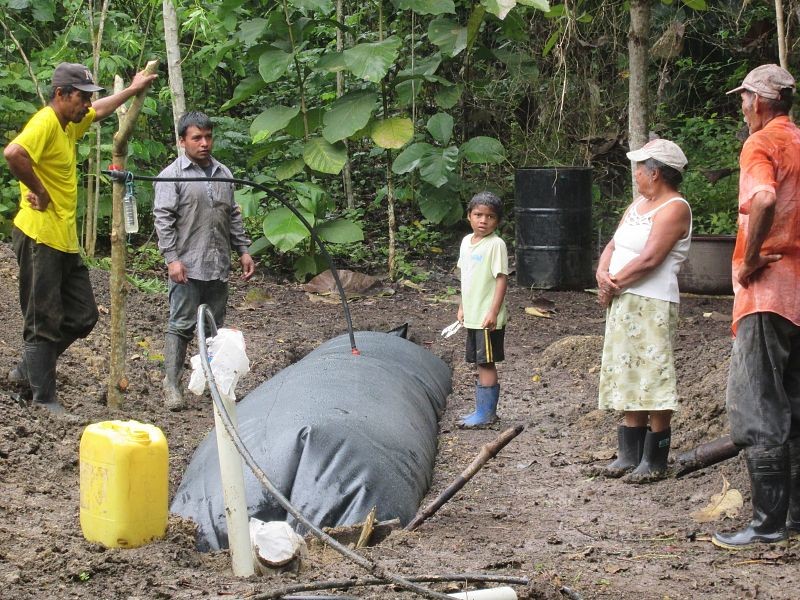
There are, however, some negative impacts. These arise from the use of materials (disposal of PVC sheets and logging to provide the wood for constructing the solar dryers). To minimise these impacts, the beneficiaries were requested to use fast-growing species for the majority of their timber needs and were also encouraged to replant trees and conserve soil.
Social Issues
It is expected that in the near future a number of beneficiaries will engage in entrepreneurial activities and construct additional biogas digesters in the Rioverde region. Some of the beneficiaries in each community regularly practice the agricultural techniques and improved (aroma-enhancing) drying techniques learnt, with promising (although un-quantified) results. Larger uptake is hindered by the low price premiums.
The perceived need for additional support has led the communities to approach the local cacao cooperative, Sabor Arriba, and the local government. In particular, the CRECER project appears to have been a catalyst for mobilising the local community in one of the participating communities, Felfa, where a grassroots organisation (Felfa River Development Association) has been set up with the aim of formalising local leadership and channelling requests for further support.
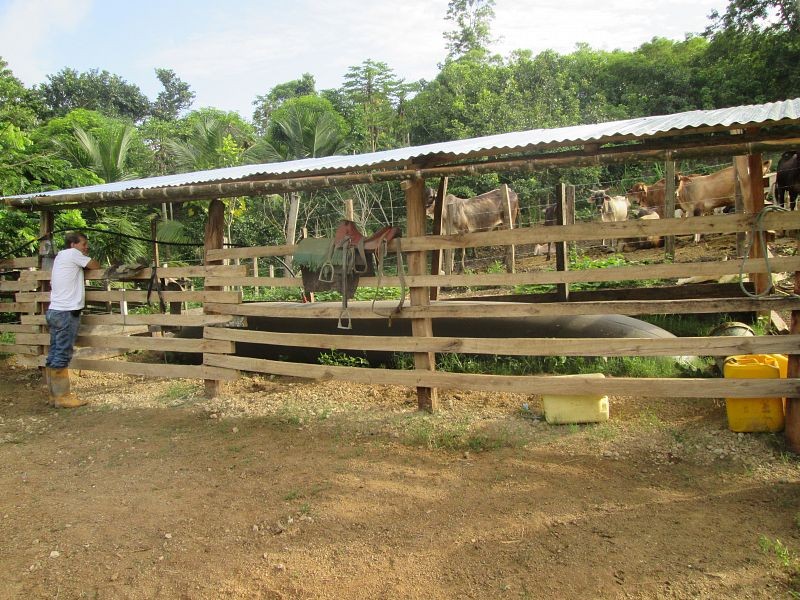
Results & Impact
The key results of the project are the 30% reduction in the consumption of LPG for cooking by the beneficiaries and the improvements in drying (10% reduction in the weight of final dry cacao, resulting in lower transport costs and less moisture damage to cacao). Fertiliser sales have not yet become a source of income, but savings in chemical fertiliser are perceived as a further motivation.
It is estimated that 300 people in the communities of the Rio Verde canton benefitted from the project. Almost a hundred people participated in at least one of the training programmes and, of these participants, 15 received “training of trainers”. Due to its success, the CRECER project was selected as the 2016 Ecuadorian national winner of the Energy Globe award.
Replicability
Non-technical fine aroma cacao cultivation, coupled with animal husbandry, is a common form of smallholder farming across Esmeraldas and indeed throughout Ecuador, and also extends to other countries in the region. In Esmeraldas alone, more than 15,000 families could potentially benefit from the further roll-out of biodigestion and drying technologies and training. Other crops, such as coffee, present similar economic opportunities.
The CRECER partners are actively disseminating the project’s results and approach among local actors and cacao-sector stakeholders. Barriers to wider uptake include limited access to credit and the low price premium; despite the fact that improved and sustainable cultivation practices can potentially increase wholesale prices, the impacts are not immediate and depend on fluctuating international markets.
Due to the project’s high replication potential, WISIONS decided to support a follow-up phase targeting stakeholders across Ecuador to further disseminate the results and initiate national meetings to raise awareness of, and support for, biodigester technology and agro-ecological practices.
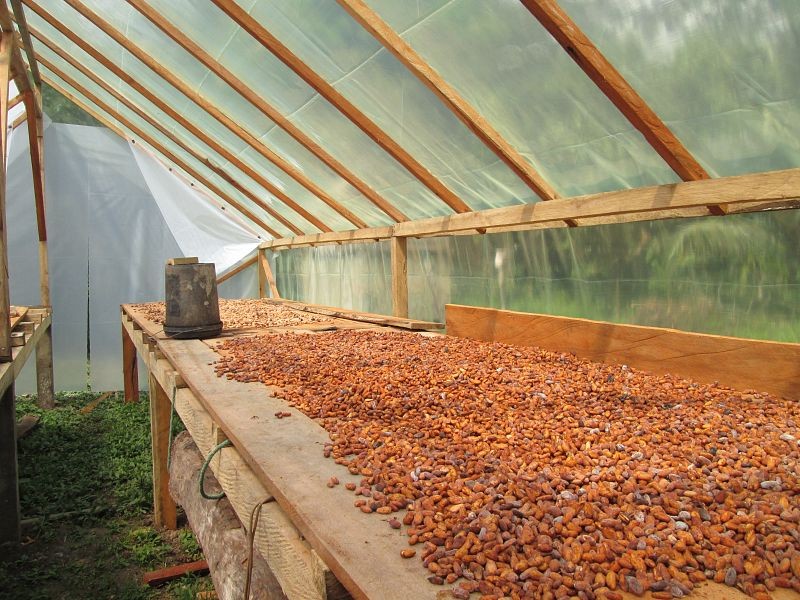
Lessons Learned
This project took a holistic approach, coupling technology solutions with training on improved agricultural practices. Careful beneficiary selection, delivery models appropriate to the local social context and support from the project staff before, during and following installation proved crucial to the adoption of the systems. This need for support is a potential barrier to replication in situations where human or financial resources are limited. A strong “train-the-trainer” approach, which creates local leadership, can help to overcome this.
Projects with same technology
Exchange: Community Exchange and Capacity-Building in Energy Alternatives for Food Production
The main objective was to link the concepts of energy sovereignty and food sovereignty using a two-pronged approach: the provision of hands-on capacity-building in sustainable energy technologies for food production and setting up a participatory dialogue among civil society organisations in Colombia.
Solar Food Processing (Phase II)
Projects in same country
Exchange: Capacity-Building, Democratisation of Technology and Local Advocacy through the Ecuadorian Biodigester Network (RedBioEc)
This SEPS exchange aimed to develop a strong base of biodigester practitioners in Ecuador and to form linkages between actors with interest in the technology at local and national levels.
Biogas from Slaughterhouse Waste Water Treatment for Heating Purposes
The focus of the project is to demonstrate the potential for producing biogas from slaughterhouse wastewater treatment in Ecuador. Previous research in Bolivia has shown the viability of treating wastewater using tubular digesters with low cost anaerobic filters.